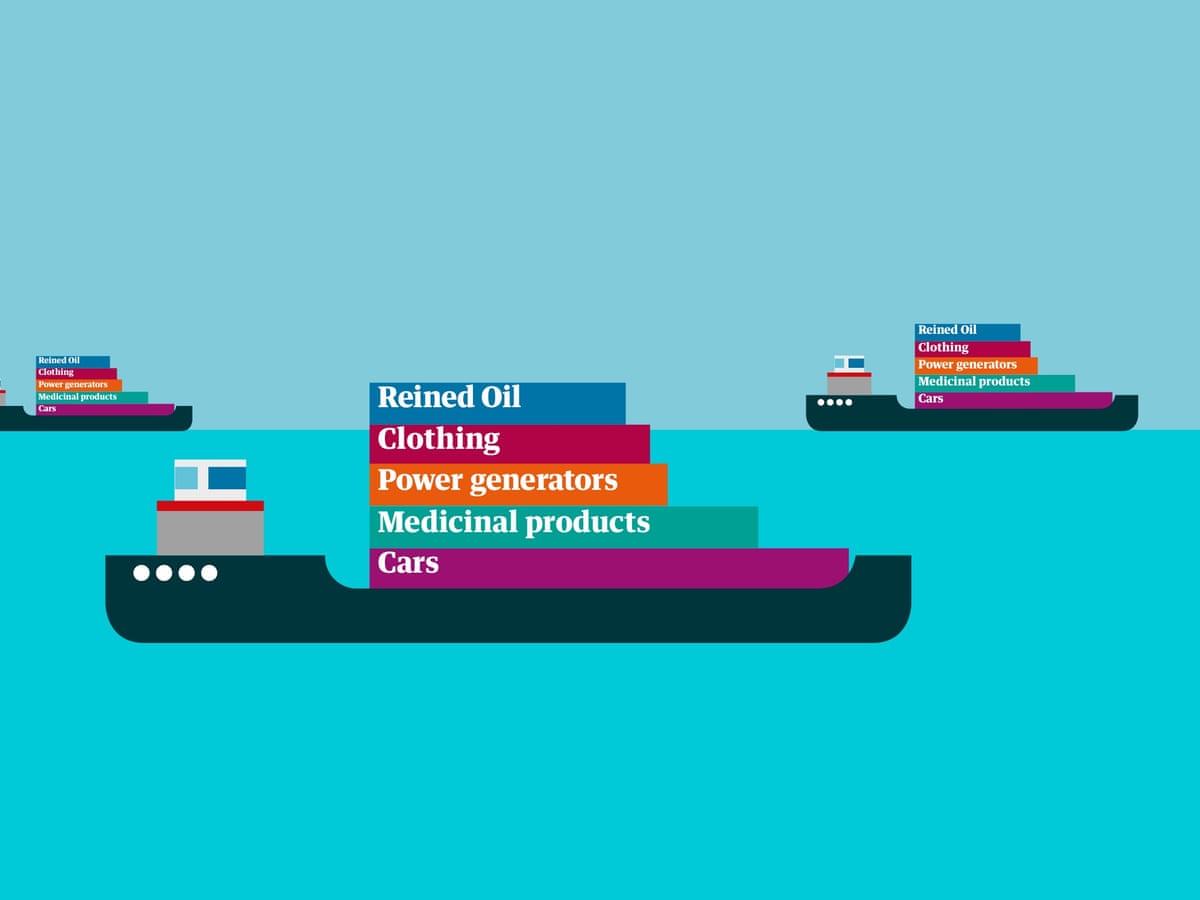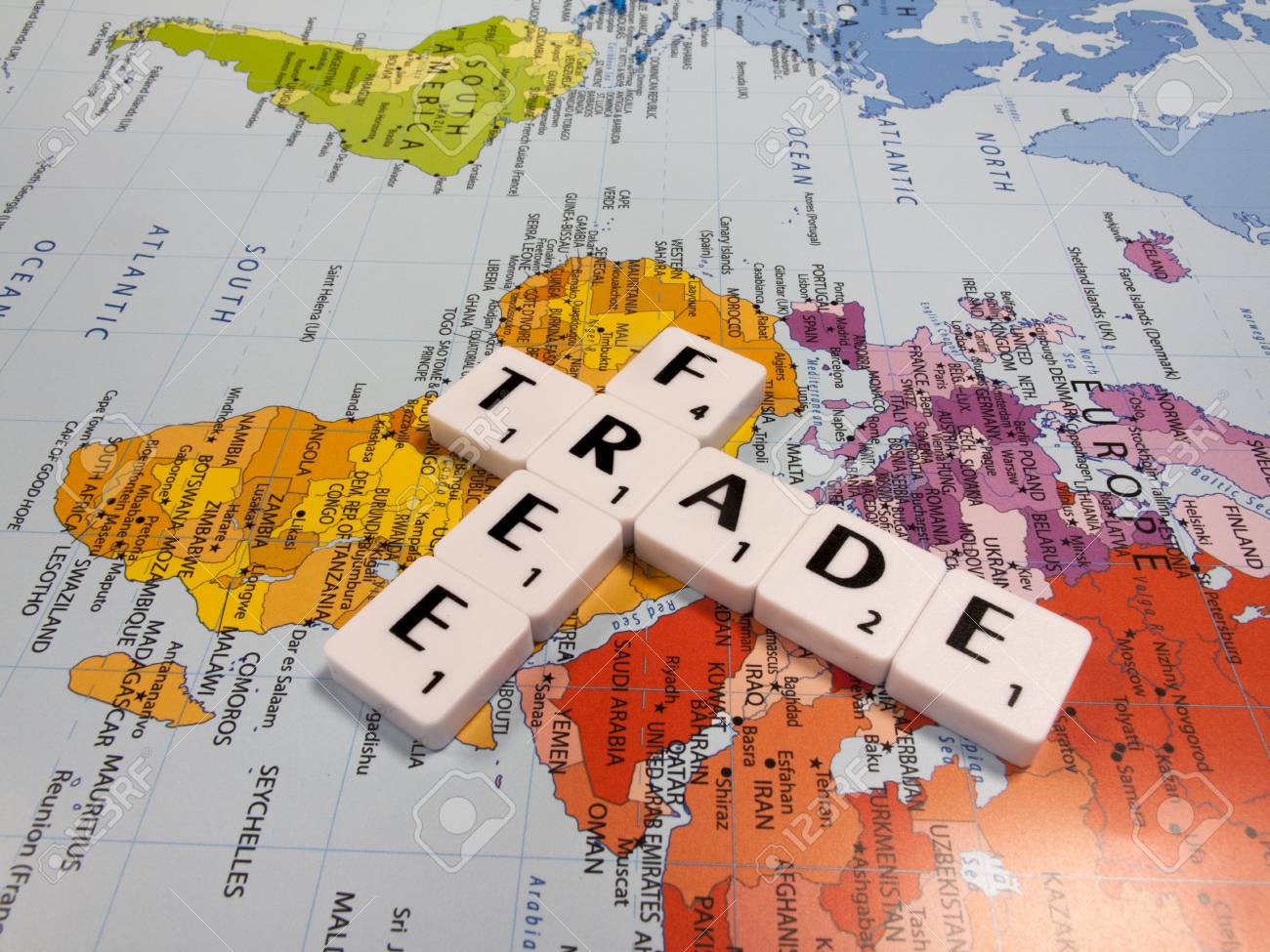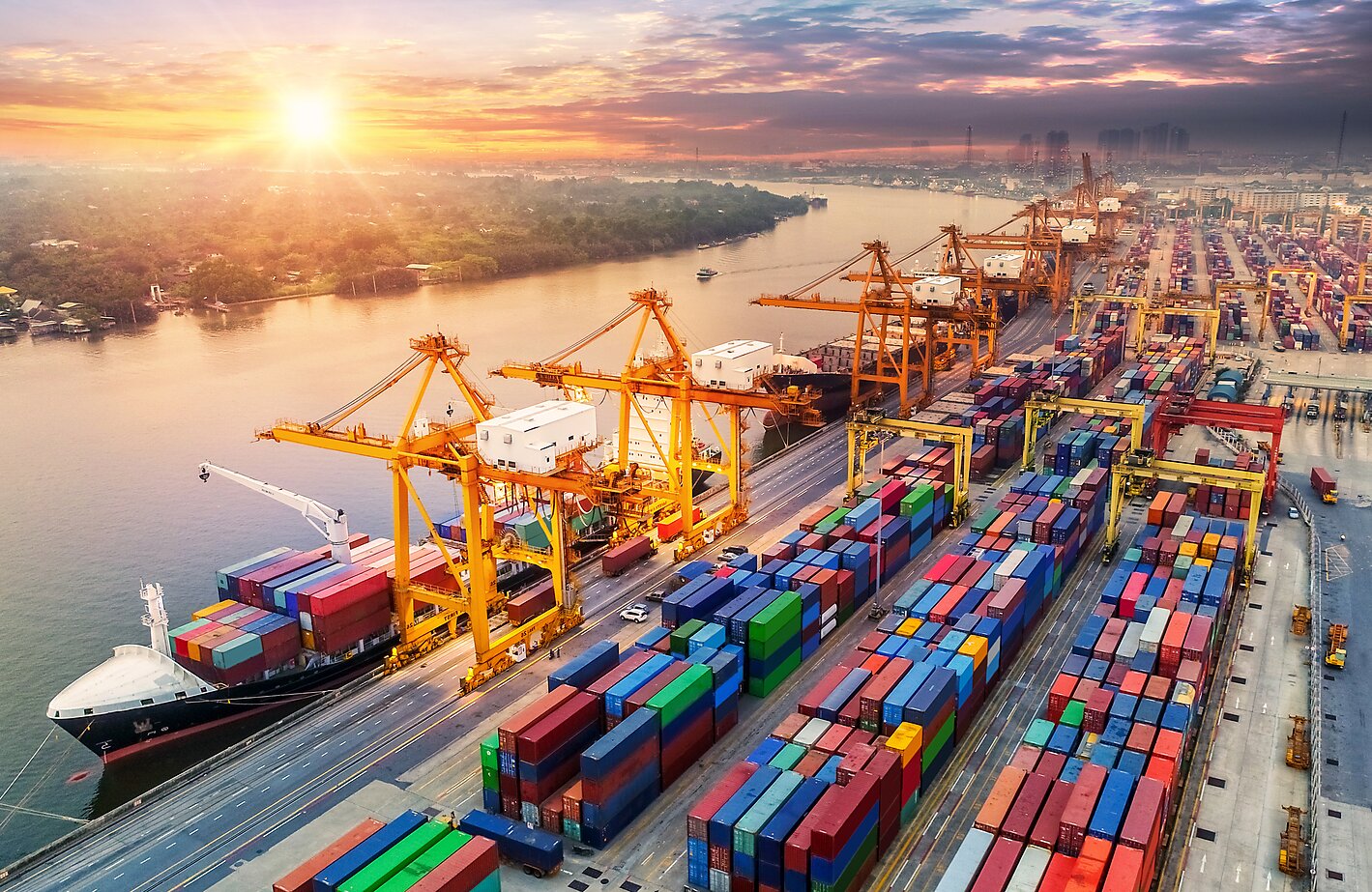ASEAN and India to Start Review of Free Trade Agreement Today 2023

ASEAN and India to Start Review of Free Trade Agreement Today 2023
The formal ministerial review of the bilateral free trade agreement negotiated between India and Asean more than thirteen years ago will begin today at a meeting of trade officials of the two groups in Semarang, Indonesia.
Commerce and Industry Minister Piyush Goyal has previously said that the pact was the “most ill-conceived” since neither party benefited equally (Asean gained, while India lost).

One of the largest free trade zones in the world was established when the Asean-India Trade in Goods Agreement (AITGA) went into effect on January 1, 2010. This was followed by an investment agreement and a trade agreement between ASEAN and India, which went into effect in 2015.
The ASEAN Economic Ministers’ Conference and associated meetings are set for Indonesia between August 17 and 22. The consultations with trading partners began on Saturday after the economic ministers of the trading bloc wrapped up their negotiations. Meetings with the European Union and Canada were placed on Sunday.
A team from India is already present for the India-ASEAN trade summit, which is taking place concurrently with the existing gathering of the ASEAN-10 economic ministers.
ASEAN members are Brunei, Cambodia, Indonesia, Laos, Malaysia, Myanmar, Philippines, Singapore, Thailand, and Vietnam.
“For several years, the AITGA review has been under contemplation. A joint review committee has been established. The person added that the joint committee had held two sessions on the matter.

India began requesting a review of the goods agreement five years after it was implemented, and the scope of the evaluation was initially addressed in 2015. Even though ASEAN would benefit significantly from it, its leadership has been dragging its heels because it was not a top priority. 2019 saw the ultimate approval of the review. The review’s scope was decided upon by 2022. It included enhancing its simplicity, use, and trade facilitation.
India claims that non-reciprocity in FTA concessions, non-tariff obstacles, import rules, and quotas have limited its ability to sell to Asean. Another demand India makes is that Asean complies strictly with the agreement’s Rules of Origin clauses.
Rules of origin regulations specify how much value must be added to a product in the exporting nation to be eligible for reduced import duties in the receiving country.
India is suspicious of nations who route their goods via Asean but are not a party to the trade deal. Through the Asean China Trade and Goods Agreement, the association enjoys a considerably stronger economic relationship with China.
India committed to removing 75% of its tariff lines and reducing taxes on 88.7% of its stripes as part of the Asian trade pact. Most of the bloc members matched these pledges, although Indonesia, the biggest economy in ASEAN, only removed duties on 50% of its tariff lines and committed to tariff reduction.

India adopted a defensive stance in the agricultural sector, maintaining high levies while making more significant concessions in the industrial sector. ASEAN provided fewer tariff reductions for industrial goods such as vehicles, machinery, and transportation equipment.
India’s exports to ASEAN grew to $25.7 billion in the first full year of the FTA in 2010–2011 from $ 18.11 billion the year before. The abrupt increase in exports of petroleum products was a significant factor in the rise that was seen.
Since then, India’s livestock and marine goods exports have increased, whereas growth in other industries like chemicals, equipment, and steel has been relatively minimal. The entire value of Indian exports to ASEAN in 2022–23 was $ 44 billion.
The value of imports from ASEAN increased to $78.57 billion in FY 23 from $30.6 billion in the first FTA year of 2010–2011. The growth recorded by Asean for a large portion of the time after the goods trade agreement was signed is more remarkable than double that of India.
The trade gap with ASEAN has grown from $4.98 billion in 2010–11 to $43.57 billion in 2022–23. It is concerning that the deficit increased by 17.51 billion dollars in the most recent fiscal year, as it was 25.76 billion dollars in 2021–22.
Asean exported $17.5 billion worth of machinery and electrical equipment in FY 23 alone, including consumer and IT goods. Singapore is the largest supplier of electronics to India among the Asian nations.

Between 2010–11 and 2017–18, imports of machinery and electronics from the 10-nation bloc were stable at $7.8 billion. From 2018 to 2019, these imports soared.
In a move that has captured the attention of policymakers, economists, and businesses alike, ASEAN (Association of Southeast Asian Nations) and India are set to commence an extensive review of their Free Trade Agreement (FTA) today.
Initially signed in 2009, the ASEAN-India FTA was hailed as a monumental step toward fostering regional cooperation and economic development. However, after over a decade, both parties agree that the time is ripe for re-evaluation and refinement.
This review comes against changing geopolitical dynamics, technological advancements, and the ongoing recovery from the COVID-19 pandemic. As stakeholders on both sides prepare for negotiations, here are some critical issues, expectations, and potential implications.
The ASEAN-India FTA was designed to eliminate import tariffs on over 90% of traded goods, stimulating trade between the two economic zones. ASEAN countries like Singapore, Malaysia, Thailand, Indonesia, and Vietnam are significant trading partners for India, mainly in electronics, textiles, and agricultural produce.
Despite the optimism accompanying its launch, the agreement has faced criticism for falling short of original expectations. ASEAN’s trade surplus with India has been widening, causing some concerns within India about the balance of trade.
India has consistently had a trade deficit with the ASEAN nations. The review aims to address this issue, possibly through renegotiating tariffs or implementing mechanisms to boost Indian exports.

India’s strength lies in its services sector, especially in IT and software services. However, the existing FTA focuses primarily on goods rather than services, which has limited India’s potential for trade growth in this sector.
Businesses have pointed out that non-tariff barriers, such as regulatory hurdles and quality standards, are significant roadblocks to trade beyond tariff reductions. These issues are expected to be a central focus of the review.
The rise of China as an economic superpower has geopolitical implications for both ASEAN and India. A more robust FTA could serve as a counterbalance and diversify trade dependencies.
Both sides are keen on developing a more ‘comprehensive’ FTA that doesn’t just focus on goods but includes services, investment, and possibly even intellectual property rights.
Strengthening the ASEAN-India FTA is expected to deepen economic ties and serve as a stepping stone towards greater political and security cooperation.
ASEAN and India aim to increase their collective influence on the regional stage. A successful review would set a precedent for similar agreements and regional cooperation.
A revised FTA would offer ASEAN countries better access to India’s rapidly growing market of over a billion people. However, it could also mean that ASEAN countries would have to deal with increased competition in sectors where India is strong, like IT services.
India stands to gain from a more balanced trade equation and greater access to its service industry. However, increased imports from ASEAN could impact domestic sectors that are less competitive.

Reviewing the ASEAN-India Free Trade Agreement is a much-anticipated event fraught with opportunities and challenges. As both sides come to the table today, the world will watch closely to see how they navigate the complex economic, political, and strategic considerations to craft an agreement that benefits all.
The success of these negotiations could serve as a model for other regional partnerships and set the tone for the post-pandemic economic landscape in Asia.



